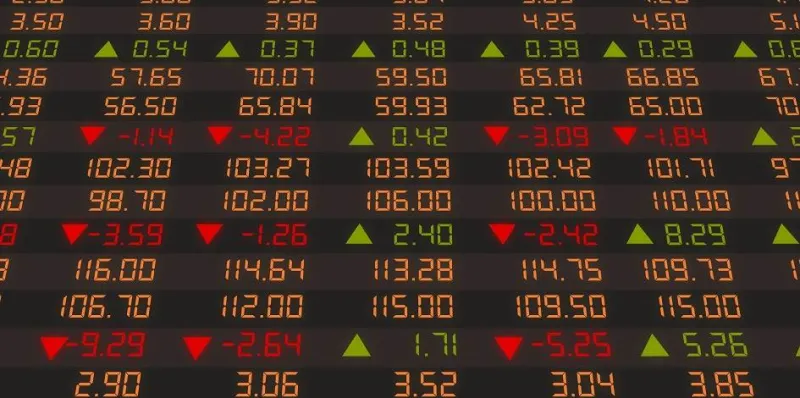By: Ovidiu Patrascu, Sustainable Investment Analyst
Are investors ignoring the small print in their rush to buy funds incorporating environmental, social and governance (ESG) principles?
There has certainly been no shortage of demand. From what was virtually a standing start 12 years ago, $2.9 billion flowed into these “sustainability” funds in 2017.
It will surprise no-one that at least half of those flows were into exchange traded funds (ETFs). Passive ETFs neatly tick two of the boxes high on investors’ current list of priorities: low fees and meeting ESG concerns.
We worry, however, that many passive ETFs and open-ended funds are pitched to exploit investors’ preference for simple, low-cost solutions, rather than providing either the financial or the sustainability outcomes that those same investors expect.
Unlike the more objective measures that typically form the basis of passive ETF construction, such as market capitalisation, sector or domicile, ESG indicators are the result of a series of judgements and analyses that can vary significantly and lead to very different conclusions.
Undertaking such analysis is expensive, and often more than low-cost passive products can afford. A cheaper way for passive ETFs is to use the ESG ratings provided by one of a handful of data providers, such as MSCI, Sustainalytics and Thomson Reuters.
In arriving at an ESG score, each data provider synthesises their sustainability analysis into a single measure, akin to the stock recommendations investment banks or credit rating agencies produce.
Having several of these diverse views may be valuable for fund managers seeking to better understand a business.
However, it would make little sense for them to use a single analyst’s research to form a definitive view of a stock’s attractiveness. All the more so if they had no clear understanding of the analyst’s research process, the basis for their conclusions or the outcomes the recommendations were designed to achieve.
We would argue that this is essentially what investors are signing up for when they buy a passive ESG fund.
Despite the perception of transparency, many passive products disclose surprisingly little about how they actually implement ESG factors.
The majority of them rely on a single third party ESG rating provider. Their rating methodologies typically emphasise tick-the-box policies and disclosure levels, data points unrelated to investment performance and/or backward-looking negative events with little predictive power.
Most of the inputs to these scores relate to policies rather than more tangible measures of performance.
These shortcomings are reflected in the lack of consistency in ESG scores between the main data providers. Using all the MSCI ACWI constituents, we analysed the overlap of ESG scores for each of the three main data providers at the company level, as well as between the three ESG categories, environmental, social and governance...






